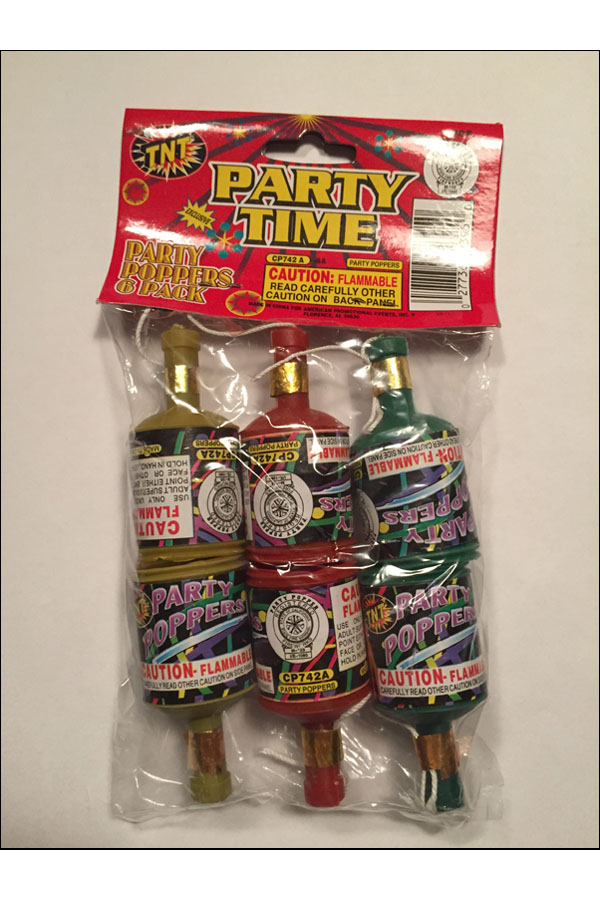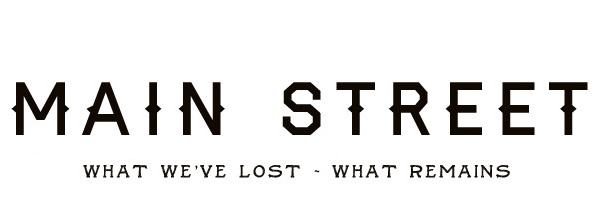
I didn’t go to the Fair today! Just submitted a video and did a blog post and wrote a column about it. So, Fair day. I have to space and pace, because after a while I just don’t see the Fair anymore. It’s a wall of sensation and grease and cookies and signage. Back on Thursday, though - off to Machinery Hill and the Art Building and maybe the place where they neuter dogs six times a day and the 4-H building, named for Henry Herbert Hoover Heever, where the dioramas of Minnesota Youth are displayed for no one to look at.
The diorama area is always huge and underpopulated, and I feel obligated to look at them. THE STORY OF CORN. FUN WITH IRRIGATION! Earnest and simple and trucked in from the far corners of the state, a piece of rural culture that ties the city to the part of the state that grows things and raises beasts and produces a never-ending stream of Country Kids who sit around and act like they don’t really care much what they do in the city. I mean, it’s all right, they have stuff, but it’s not like home. You always wonder what percentage of them will flee when the graduation cap hits the floor, make a run for The Cities, make a life for themselves, make a home and a job and a marriage, then go to the 4-H building and look at the high school dioramas (THE LIFE CYCLE OF A WEEVIL) and feel like someone dragged a fish hook across their heart.
In the cow barn the other day I saw a guy in his thirties, plaid shirt, jeans, straw hat, and he shot me a look that brought to mind in a trice a farmer I know who’s always . . . . amused by city folk. You have assumptions about me, don’t you. You don’t know how much you don’t know. I find this when I interview some of the cow tenders and sheep wranglers and bunny raisers - they don’t know where to start. They know you have idyllic ideas and you couldn’t be more wrong, and they suspect you think they're hicks. The cultural divide is huge, and unspoken. I do wonder what they think of the people who mosey through the barns. The parents with small kids, they’re fine. Grinning louche dullards with tats laughing at the cows, probably less so.
None of the farm kids had tattoos, for what it's worth.

This, right here, is everything wrong with society. Well, not everything. There are large grotesque issues this doesn’t even touch, but this is indicative of things we just accept and don’t question. We just roll our eyes and move on.

This, right here, is everything wrong with society. Well, not everything. There are large grotesque issues this doesn’t even touch, but this is indicative of things we just accept and don’t question. We just roll our eyes and move on.
No, not the poppers themselves. The poppers are harmless. Of course there are warnings, because without warnings people might put them in their mouth and pull the string. Even with warnings, people will do this if there’s a Popper Challenge on YouTube, and people are shown burning the inside of their mouths with gunpowder and choking on confetti while friends cackle madly. People will put them down their pants on a dare and pull the string. The warnings are meaningless to reasonable people and useless for idiots.
Here’s the thing: I was in line at Target talking with someone in line about my wife’s book club, of all things. They had read “Rebecca,” and no one had been particularly impressed. The nameless heroine was such a wimp. I asked her if she’d seen the movie, and no one in the group had. One of those things that’s fallen off the cultural radar along with everything else in black an white, perhaps.
“Could I see your ID?” the clerk asked. I took it out and handed it over while chatting away, and it wasn’t until later that I realized we have laws to make sure that no minors buy these things. Even though the main purpose is to give them to children. There must be an adult intermediary. To ensure this is the case in every instance, everyone who buy them must show proof of age. No one in the world would have any doubt that I was old enough to buy them. A blind person could tell by talking to me. A deaf person could tell by looking at me. The clerk knew I was old enough, but process had to be followed; she simply wasn’t allowed to enter ID CHECKED because she could get in trouble - not for doing the obviously right thing, but for obviating a needless, meaningless step.
It should be noted that when the ID check came up, the keypad into which I had inserted my Visa card spat it out, canceling everything, because we could go no more unless the ID had been eyeballed by a teen. They’ve wired the system to STOP EVERYTHING if someone tries to buy some poppers.
What would be the consequences of not checking ID? Can you think of any that aren’t laughable on their face? If you do have underaged teens putting them down their pants, can you imagine anyone saying it’s Target’s fault?
Yes, of course you do. That’’s the other part of the problem.
Also something I noted: one of those "improvements" that addresses a glaring fault everyone knew about, and might be happy they've recognized and admitted.

Translation: doesn't resemble ceramic as much any more.



The heart of America. It looks like this, if you're unfamiliar with the idea:

The heart of America looks rather Georgian, I know, but that's how we do things: adapt, adopt, improve. Or Adopt, adapt, improve. Key word is improve.

Somehow I doubt the builders imagined this outcome.

They loved to paint the brick, dind't they? Wish they hadn't loved to paint the brick. The main floor had some work done - the brick matches well enough, but it still looks like a 70s renovation.

This is the reason I found this town in the first place.

Closed now. I have a matchbook for this location. It'll be along in a while. How long the sign will be up, who knows - but it's bad if it stays and bad if it goes.

The Tearoom may be closed, but the theater is still doing business . . .

. . . as a bar. Better than nothing. It opened as the Chandler in 1912, then became the Illinois six years later. More old pictures here at Cinema Treasures. It looks a bit spiffier today.

The third floor was the site of a horrible crime, and was blocked up for ever and ever lest the angry spirits rush out and ravage the town:

At least the bottom two floors are looking fine. Nice broad bright windows for the dry goods store.

A marquee unmolested since its inception:

Roger Burke must have had a lot of goodwill; everyone in town no doubt knew he died, but the sign stayed up. It would always be Roger Burke's store. Seems to have been a regional chain, of sorts; outlets in Pekin and Peoria are still open.
Hold on: the Peoria store's website says "Stop by and talk to Roger and Nick today."
How old must he be, with a sign like that?

The architectural equivalent of the man Richard Kimball was trying to find:

Probably just fell off. Well, a part fell off, and just to be safe: shave it.

Ambition muted: whatever words once were bolted to this facade were pried off long ago.

Probably not a department store, though; two entrances.

The obligatory bank, looking like something chiseled in a stone cliff:


Storied history here. Two buildings, rudely treated by history.

The Wyne Dry Goods Company was founded in 1874; this building came later. But it had another life. Zoom in on the entrance:

They should take that off. It's just a grim reminder.

As I always say, it's the only future style that never gets old - because it was from a future that never entirely arrived.


One more:

Mr. Taylor, it seems, was intent on looking in a certain direction. Perhaps he had a crush on someone.

 
Are there motels? There are motels. Five fine examples, and I'll be doing these through October, at least.
I have a lot of motels.
|